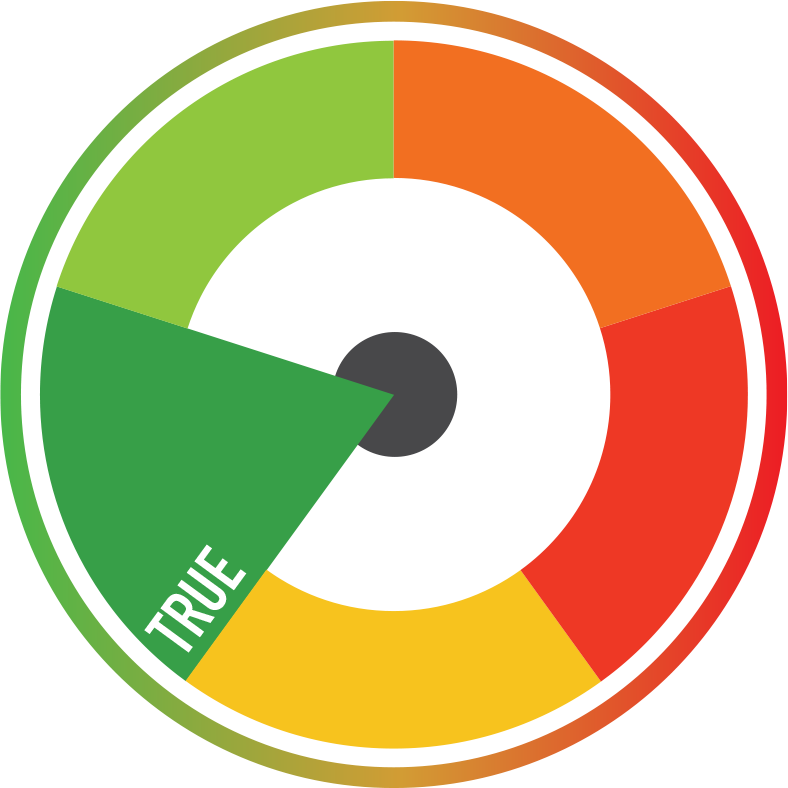Dutch broadcaster BNNVARA published an Instagram story stating that, in the Netherlands, every year 119.000 children are maltreated. The story was part of a special broadcast on child maltreatment in The Netherlands.
Is the number correct and in the right context? The Instagram story and broadcast do not mention the source of the number of maltreated children in The Netherlands.
The context of child maltreatment
The Dutch police writes that child maltreatment eg. abuse is every form of threatening or violent interactions of a physical, psychological or sexual nature that causes or threatens to cause serious harm to a minor, like a physical or psychological injury.
According to the European Status Report on Preventing Child Maltreament (2018, World Health Organisation – WHO) child maltreatment affects over 55 million children in the WHO European region and is a social problem that exists in all countries. Furthermore, child abuse is a leading cause of health inequality and social injustice.
To counter the inequality a 2014 action plan has been set up by the WHO’s regional office for Europe in which the goal is to “…reduce the prevalence of child maltreatment by implementing preventive programmes that address risk and protective factors, including social determinants” and the target to “reduce the prevalence of child maltreatment and child homicide rates by 20% by 2020”.
Just last week the 60-country benchmarking index Out of the Shadows: Shining Light on the Response to Child Sexual Abuse and Exploitation was released by The Economist Intelligence Unit. This index focuses, like many other studies, on only one segment of child maltreatment: sexual abuse. It is noteworthy that The Netherlands are not part of these 60 countries as the total size of the child population is low. All efforts are part of the Global Goals for Sustainable Development that world leaders agreed to in 2015.
The numbers on child maltreatment
The Dutch Youth Institute (Nederlands Jeugdinstituut – NJI), an established independent knowledge and research centre on children’s well being, publishes statistics based on two national annual research reports and a number of academic publications. The latest statistics are derived from the National Prevalence Study of Abuse (Nationale Prevalentiestudie Mishandeling) and the School Research into Child Abuse (Scholierenonderzoek Kindermishandeling) in 2017.
The Institute concludes that in 2017 an estimated 90.000 to 127.000 children between 0 and 18 years have been exposed to some form of child maltreatment. This amounts to about 3% of all Dutch children. However, this includes children where professionals have reported abuse. Since not all cases of child abuse are identified, 3% is the lower limit.
Compared with previous studies from The Netherlands, in 2005 and 2010, there are no significant differences in the number of children who have to deal with one or more forms of child abuse. The research also shows that 96% of the children are mistreated by the biological parent.
The majority of cases involve emotional neglect, followed by physical neglect. Sexual abuse is the least reported.
Roos Kooijman, health scientist at the Institute, spoke to EUFACTCHECK and explains their use of the range of 90.000 up to 127.000 instead of a fixed number. “We do so because it is an estimate, we do not know how many children are abused every year. Our numbers are based on previous studies and experts in national prevention who make the estimate.”
The Dutch police uses the exact figure of 119.000 cases of maltreatment on their webpage about child abuse, this is the confirmed number of cases the police force dealt with. The page furthermore states: “In reality, the number of child abuse cases is probably much higher”.
CONCLUSION
The claim made in the Instagram story speaks of 119.000 children – it doesn’t provide any context that explains which sorts of abuse they counted and why it fails to mention the range of 90.000 up to 127.000. However, the difference is that the Dutch Youth Institute makes an estimate based on studies and expert experiences while the police uses confirmed cases. Therefore the claim is true.
Leave your comments, thoughts and suggestions in the box below. Take note: your response is moderated.
RESEARCH | ARTICLE © Fleur van Eeuwijk, Utrecht University of Applied Sciences, NL





